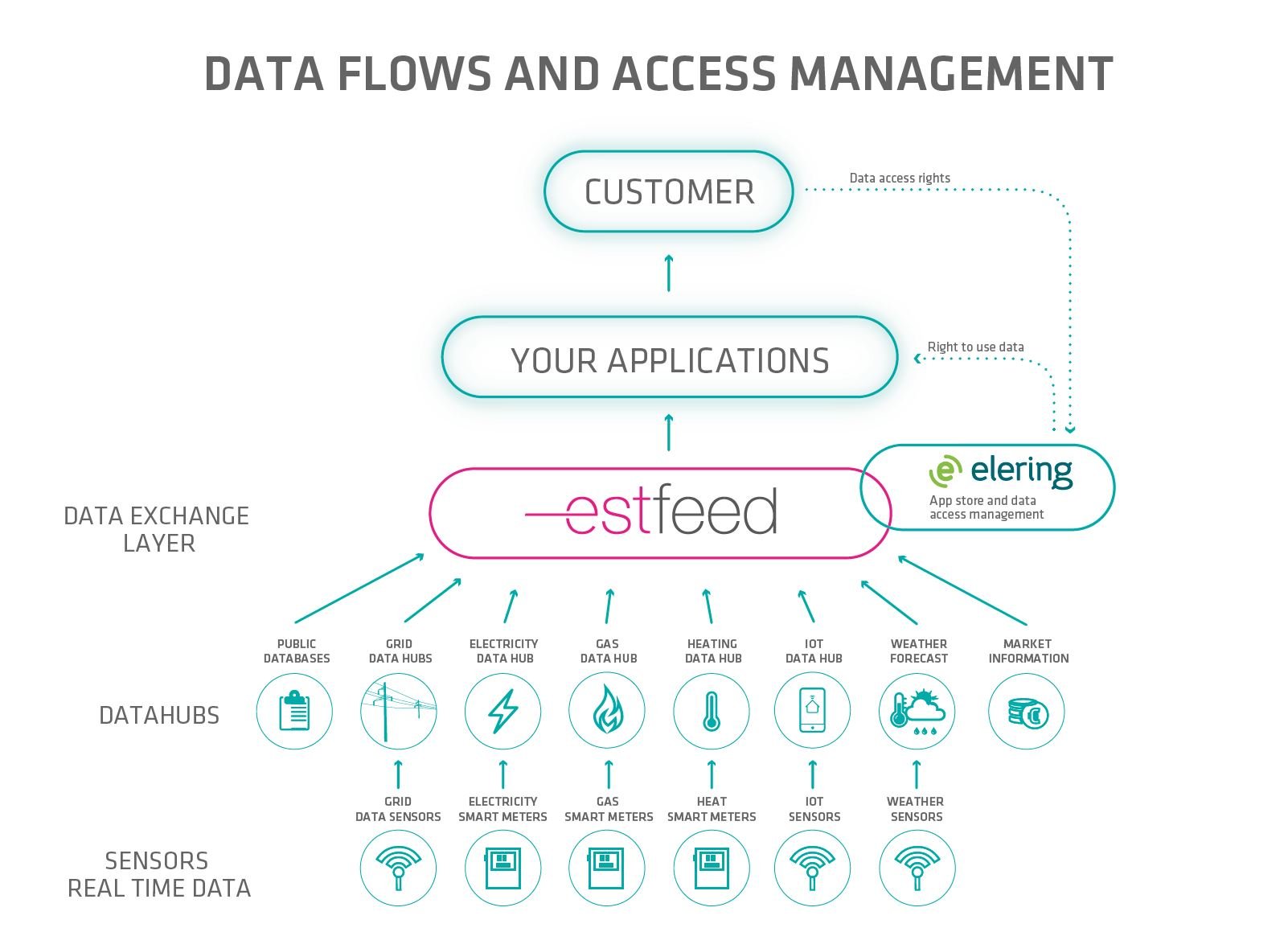Embarking on the journey of digital transformation is loaded with different meanings across countries. Large nations could see it as a possibility to streamline long-standing practices in the organisation of their public sectors. For smaller states, instead, modernising service provision and delivery could carry vital, broader-ranging returns.
The Faroe Islands have officially started its most recent efforts to foster digital governance in 2015 with a national digitalisation programme and an agency at the helm of it – Talgildu Føroyar, or Digital Faroe Islands. The implementation of the data exchange layer X-Road represented one of the pillars of its strategy. Lilly Dam Hanssen, Project Manager for X-Road and the Citizen Portal at Talgildu Føroyar, tells us how interoperability enables digital transformation in this autonomous territory of 18 islands and a grand total of about 52 000 people.
Background and institutional framework
Cross-border cooperation in the digital field, by now has become the norm in Northern Europe. The Nordic Institute for Interoperability Solutions (NIIS) was born exactly with the purpose of fostering and deepening cooperation between countries on cross-border digital services. In September 2018 Iceland became a partner of NIIS, and in May 2019 the Faroe Islands became a partner as well.
The Faroe Islands, however, had started its own process of digital transformation already four years earlier, in 2015. With the creation of Talgildu Føroyar in collaboration with the e-Governance Academy, the Faroese Ministry of Finance set the record straight on what they should focus on for the following five years – making life easier for citizens, businesses, and the public administration.
The Faroe Islands are a subnational island jurisdiction (SNIJ) in the territory of the Kingdom of Denmark. However, its international status allows locals to take care of most governing tasks proper of a state. It should not come as a surprise, then, the current effort towards increasing institutional capacity by means of e-governance projects.
But, already back in 1984, a unique identifier for every Faroese citizen was created for fiscal purposes under the name ‘P-Number’. Then, since 2004, several online environments have been established for taxation and healthcare. Moreover, the country boasts today broadband access for all households and 98% coverage of the national territory. These are good starting points for a digital strategy, but reasons for such a leap lie as well in other relevant contextual factors.
Needs and challenges
As many small countries, the Faroe Islands face serious challenges connected to its economic, demographic, and social dimensions. The fishing industry holds a predominant place among the nation’s economic activities, with the IT sector currently just recovering from past financial blows. One of the major concerns is youth depopulation – as human capital migrates abroad in search for more opportunities and a less geoeconomically isolated outlook.
Attitudes around the country’s digital strategy span beyond potential cures to such existential threats. Researcher Keegan McBride from TalTech’s Ragnar Nurkse Department of Innovation and Governance, has explored in a study recently published expectations on cost effectiveness and efficiency. These revolve around the idea that digitalisation implies a reduction in administrative costs in the medium-long run. Though it might not always be the case, particularly in contexts with shortage of human resources, it is understandable that budgetary issues are particularly crucial in small states.
Lilly Dam Hanssen, then, brings up another issue – of a more technical nature – that the Faroese government was trying to solve. “We wanted a standardised way of communicating or sharing data between government institutions, involving the private sector too. At the same time, we needed to have a complete overview of who is sharing what with whom. Safety and security, of course, were crucial components of this idea as well,” she says.
The solution
As a result, one of the four pillars of the Faroese digital strategy was the creation of a secure data exchange environment. Named Heldin, the Faroese X-Road environment allows public and private sector entities to exchange data in a secure and efficient manner.
It works also as an enabler for further e-governance development. “The National Digitalisation Programme of the Faroe Islands is based on a citizens’ portal, electronic identity, interoperability, and basic data registries. As you can see, Heldin is right there. Not by chance it was the first pillar to be implemented, as we believe it’s what brings the other solutions together,” Hanssen explains.
Heldin was implemented already in 2016 based on version 5 of the X-Road technology. Three years and no points of failure ahead, the Faroe Islands is looking into migrating to X-Road version 6. “Today, Heldin counts 34 institutions and 37 services. But since we are getting our citizen service portal ready, these numbers are set to grow in the upcoming months. The main advantage of Heldin is that it allows decentralised data exchange. Moreover, the platform is compatible with all the IT systems that service providers are using. It’s fundamental in our effort to reach the goals of our National Digitalisation Strategy,” Hanssen highlights.
“We chose to name our X-Road environment ‘Heldin’ from a traditional Faroese tool, made of ram's horn. In the good old days, it was used to carry hay. A rope would be tied to the Held and looped around the hay, securely binding it all together, so we could also carry more of it,” Hanssen concludes. With the increasing amount of data exchanged, we can confirm – X-Road fits the purpose.

